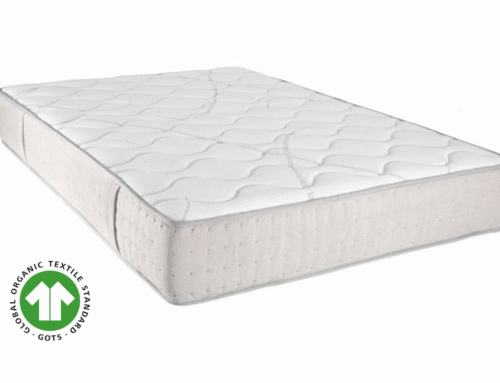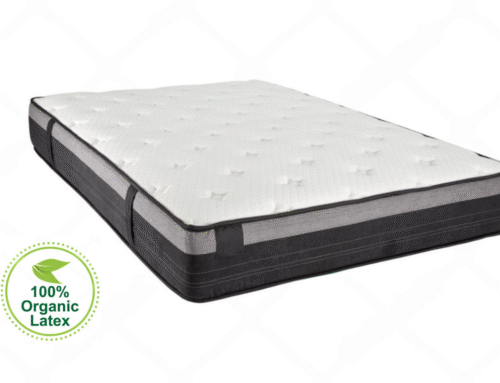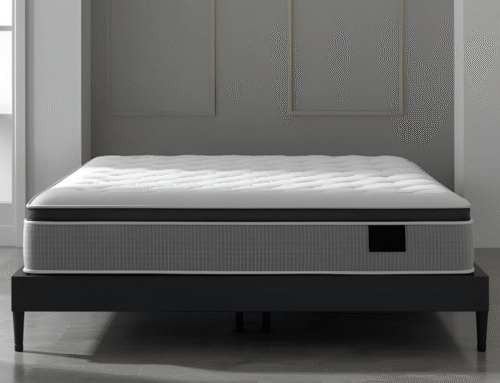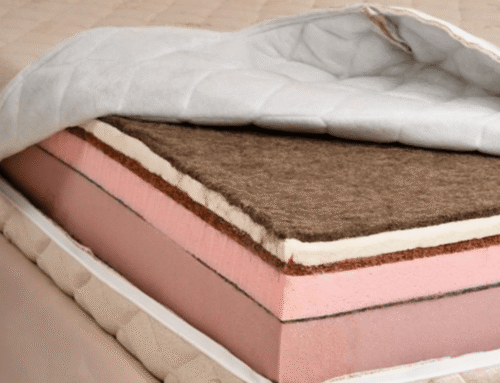Latex mattresses are known for their unique feel, but that also makes them tricky to handle. The weight usually surprises people, hence the importance of having the right approach, including understanding a latex mattress, its composition, feel, differences from foam and memory foam, and the reasons to buy one.
Good preparation takes away a lot of the stress. A heavy-duty mattress bag and some straps can make the job easier, and having another person to help is always worth it. In some cases, a latex mattress can be folded, but only if the maker says it’s safe. If not, rolling or sliding is the better option.
In the following instructions, we’ll show how to safely handle a latex mattress from the beginning to the end. The process includes protecting the material, lifting it without strain, and safely transporting it. The move is either a few blocks or nationwide, and these suggestions can ensure that the mattress and your back are in working order.
Key Takeaways
- Latex mattresses are heavy and bend easily, which can make moving them tough without the right support.
- Use a strong mattress bag, straps, and soft padding like blankets or foam to keep it safe during transport.
- Don’t roll it tight or fold it too much. Only fold it lengthwise and for a short time if the brand says it’s okay.
- Lift with your legs instead of your back, move slowly with help, and use tools like a dolly to carry the weight.
- Keep the mattress flat in a cool, dry place, and never leave it folded or in direct heat or sunlight.
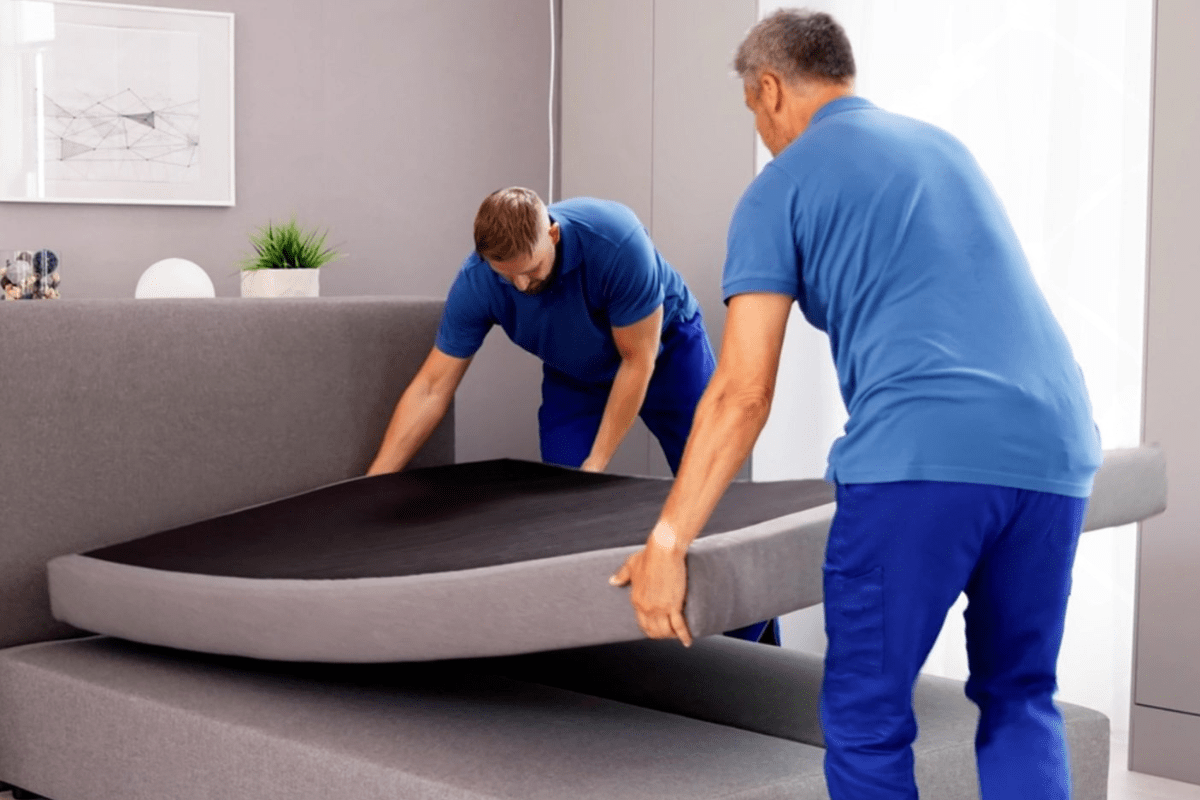
Why Latex Mattresses Are Hard To Move
Latex mattresses are built differently from spring or memory foam beds. They are made from thick sheets of natural or synthetic rubber, which feel soft but carry a lot of weight. A queen-size latex mattress can weigh from 100 to 150 pounds, depending on how thick and layered it is. Since latex beds do not have a solid inner core, they bend and sag when lifted. This flexibility makes it harder to move them through tight spaces like doors or corners. Without care, the edges can stretch or even tear during handling.
Moving a latex mattress needs planning. Wrapping it in straps or a sturdy mattress bag helps keep its shape and prevents slipping. Having another person to guide and hold it makes the process safer and less likely to cause damage.
Gather the Right Moving Tools
Using the proper equipment can help make moving a mattress can be tricky, but a few tools make it easier. A strong mattress bag keeps it safe from water, dirt, and small tears. Laying a blanket or comforter around it adds protection against scratches. To keep the mattress from sliding, straps or a solid rope work well. A dolly helps with heavy lifting and prevents back strain, while packing tape keeps everything tight. Wearing gloves also gives better grip on the corners.
It’s always smoother with two people instead of one. Lifting together gives more control and lowers the risk of damage. A bag with handles also helps when turning through doorways or narrow halls, keeping the mattress safe along the way.
Compressing a Latex Mattress (Only If Needed)
A latex mattress is not built to handle heavy pressure. Unlike memory foam, it cannot be rolled or folded without risk. Forcing it into shape can tear the cover, rip seams, or even void the warranty, leaving no protection for damage. When a latex mattress needs to fit into a tight space, a slow and gentle fold works better than pressing it down. Using a mattress bag can protect the surface during transport. Ratchet straps may hold it in place, but only for a short time.
Moving a latex mattress takes patience. It should be laid flat soon after the move so it can settle back into shape. With careful handling, the material stays strong and lasts longer, avoiding costly damage or the need for early replacement. A latex mattress can be moved safely with the right precautions. Careful handling helps prevent costly damage and keeps it in good shape for years. Some people also cut latex to adjust firmness, but this should be done with caution.
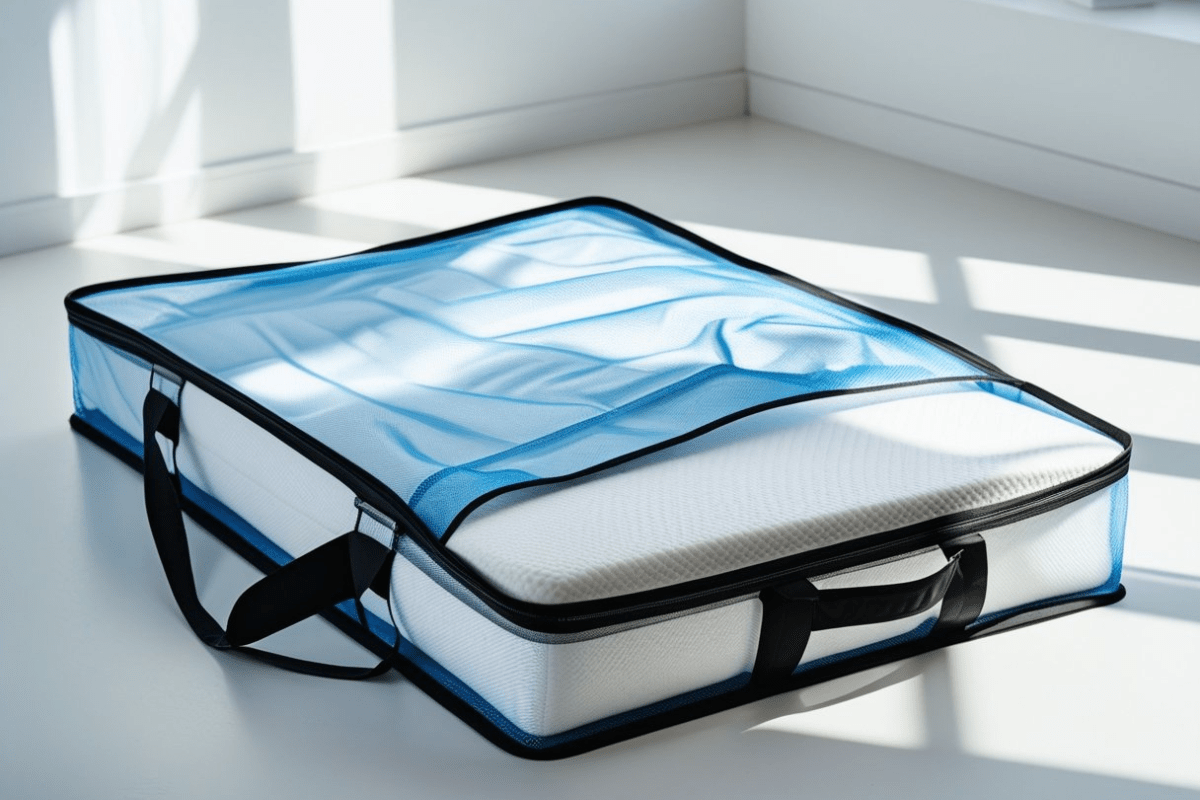
Know If You Can Fold a Latex Mattress
A common question about latex mattresses is whether they can be folded. Pure latex, like Dunlop or Talalay, can be bent for a short time if it has no springs or hard parts inside. The safest way is to fold it in half lengthwise and not keep it folded for more than a few hours. Sometimes folding is the only way to move a mattress through tight hallways or doorways. But keeping it bent for too long can cause damage that won’t go away. Rolling it too tightly or bending it too hard can also crack or tear the latex inside.
But not every mattress can handle folding. Ones with glued seams, zoned layers, or hybrid designs usually don’t fold well at all. Most brands give clear care instructions, and following them helps protect the comfort and life of the mattress.
Lift and Carry It Safely
Moving a latex mattress takes care because it can get damaged if not handled right. The safest way is to lift with the legs, not the back, while keeping the mattress close to the body. Grip gloves help keep it steady and reduce the chance of slipping. It’s easier and safer with two people instead of one. On stairs, the mattress can be rolled to one side and pushed like a sofa for better balance. Clear communication between both people helps when moving through tight spaces.
If the mattress feels too floppy, a moving blanket underneath can act like a stretcher. This spreads the weight so no one person takes it all. Taking short breaks and switching hand positions can also make the move less tiring.

Protect the Mattress During the Move
The first step is to cover the mattress properly before moving it. A strong moving bag protects it from dirt, dust, and small tears. Adding blankets or foam around it gives extra protection against scratches or bumps during transport. Once it’s covered, the bag should be taped securely so it doesn’t come loose. Foldable mattresses can be strapped to keep them from bending or creasing. Careful handling helps the mattress keep its shape and surface smooth.
During loading, the mattress should not be placed under heavy items. Too much weight can leave marks or damage the layers inside. With the right steps, the mattress stays clean, supported, and ready to use in its new home.
Transporting Your Latex Bed
Moving a latex mattress takes some care so it doesn’t get damaged. The best way is to keep it flat inside the truck. This keeps its shape and stops it from sagging during the trip. It also makes unloading much easier. If flat space isn’t available, standing it on its side works as long as it’s strapped tightly. Strong straps keep it steady so it won’t slide or tip over. Adding padding between it and other furniture gives extra protection. Many movers do this when space is tight.
When carrying it a longer distance, using a furniture dolly makes things easier and safer. Sliding it on the floor should be avoided since it can tear the cover or harm the latex. With the right tools and a little planning, the mattress stays safe during the move. This prevents costly damage that can’t always be fixed.
How to Store a Latex Mattress
To ensure your latex mattress stays in top condition, proper storage and care are essential, including storing, cleaning it, removing any mattress smell, and knowing its lifespan. It should always lie flat on a clean surface so it won’t sag or wear out unevenly. Keeping it in a cool, dry room also helps protect the material from damage caused by moisture and sudden changes in temperature.
Direct sunlight or heat can weaken latex, so the mattress should be kept away from windows and heaters. It also should not stay folded for more than a day, since this can leave permanent creases. Using a breathable cover is helpful because it lets air pass through while keeping out dust and dirt, which lowers the risk of mold.
Plastic wrapping is not a good long-term option since it traps moisture inside. Giving the mattress enough space and rotating it during storage keeps it from losing its shape. With the right care, the mattress will stay in good condition until it is needed again.
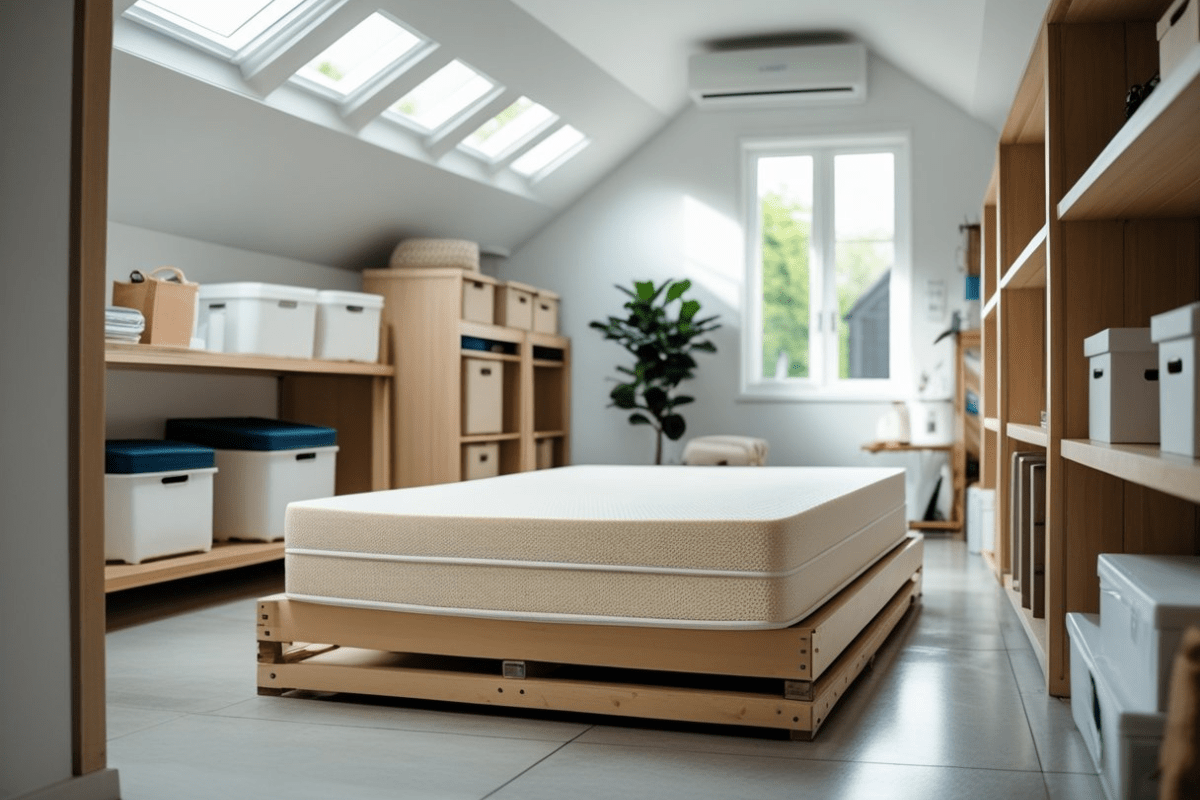
Can You Move a Latex Mattress Alone?
It is possible to move a latex mattress alone, but the task is not simple. The mattress is heavy, flexible, and awkward to hold. A wrong move can cause back strain or even damage the cover. Most people find it tiring after just a few steps. There are tricks that can make the job easier. Folding and strapping it keeps the mattress in place. Using a dolly or ramps helps reduce effort, and taking it slow lowers the chance of injury. These steps work best when planned ahead.
Even with these methods, having help is the safer choice. Latex mattresses are built to last for many years. Protecting both the mattress and the person moving it avoids costly mistakes and keeps things simple. Paying for help is often worth the relief it brings.
Final Thoughts
Latex mattresses give both comfort and support, but they need care when being moved. Their durability comes from flexibility, yet they can be damaged if bent or handled roughly. A simple waterproof cover or blanket helps protect them from dents and stains while in transit.
Moving a latex mattress works best with the right tools and enough help. Using straps or having two people lift it keeps pressure off the material and helps it stay in shape. Folding should be avoided unless it is the only option since repeated folds can weaken the structure. During transport, keeping the mattress upright and cushioned lowers the risk of damage. For storage, it should rest on a flat, ventilated surface so the material does not warp.
Taking these steps keeps the mattress safe and ensures it stays comfortable for years of use.

